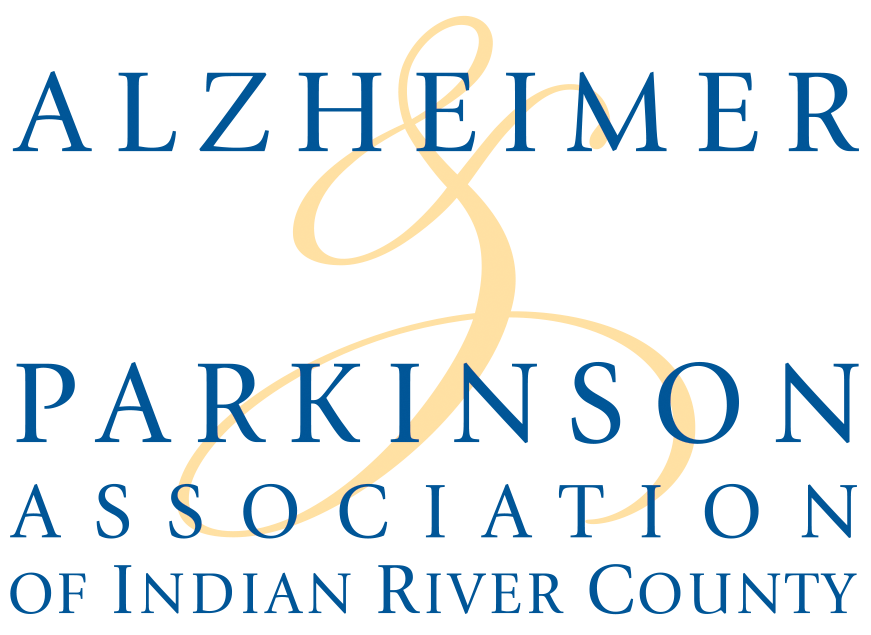Dementia vs. Alzheimer’s disease
It is not uncommon to confuse or misuse the terms Alzheimer’s disease and dementia. However, there are distinct differences between the two.
The term dementia is an umbrella term; it refers to the symptoms of a disease rather than the disease itself. There are many forms of dementia, but the most common form is Alzheimer’s disease. Alzheimer’s disease accounts for about 60 to 80 percent of dementia cases. With Alzheimer’s disease come symptoms that usually start mild but progress as time goes on. Early symptoms can include having difficulty remembering details and conversations, forgetting dates and appointments and depression. As the disease progresses, later symptoms can include impaired communication, confusion, difficulty speaking, swallowing and walking.
What to Expect with a Diagnosis of Alzheimer’s disease
If you are concerned that a loved one has Alzheimer’s disease, then you should consult with a physician and explore the possibility of a diagnosis. There is no one test for Alzheimer’s disease, and your doctor will likely want to rule out other possibilities with similar symptoms such as certain infections and vitamin deficiencies. He or she will want to speak with you or loved one and possibility suggest a memory screening test. The Center for Memory and Motion offers memory screenings that can be used as a baseline for your physician. In some cases, you physician might recommend a brain scan.
Although an estimated 5.3 million of Americans are currently diagnosed with Alzheimer’s disease, it is important to remember that not all patients are the same and the disease affects everyone differently.
Other Types of Dementia
Although Alzheimer’s disease is the largest form of dementia, there are other types of dementia that you or your loved one could be experiencing. They include:
Dementia with Lewy Bodies – Dementia with Lewy bodies accounts for about 10 percent of dementia cases. Symptoms for dementia with Lewy bodies can often be similar to those of Alzheimer’s disease and Parkinson’s disease. They include confusion, changes behavior, rigid movement slowed or shuffled walking and difficulty with balance. Visual hallucinations can be a common symptom of someone with Dementia with Lewy Bodies. At times, auditory hallucinations can also occur.
Frontotemporal Lobe dementia – Frontotemporal dementia is caused when the nerve cells in the frontal and/or temporal lobes of the brain die. As this occurs, the brain tissue in this area diminishes causing symptoms such as changes in personality and behavior and difficulty with language.
Vascular dementia Vascular dementia occurs when brain damage is done due to poor blood circulation to the brain. Symptoms of vascular dementia can include difficulty with language, thinking or problem solving. There are different types of vascular dementia depending on which area of the brain has been damaged. Each type of vascular dementia differs in symptoms and progression.
Parkinson’s disease dementia When someone has been diagnosed with Parkinson’s disease, their brain is affected. An estimated of 50 to 80 percent of those people diagnosed with Parkinson’s disease will experience dementia due to the changes in their brains. Symptoms from Parkinson’s disease dementia include difficulty with memory or judgement, muffled speech patterns, visual hallucinations, depression, irritability and trouble interpreting visual information.
